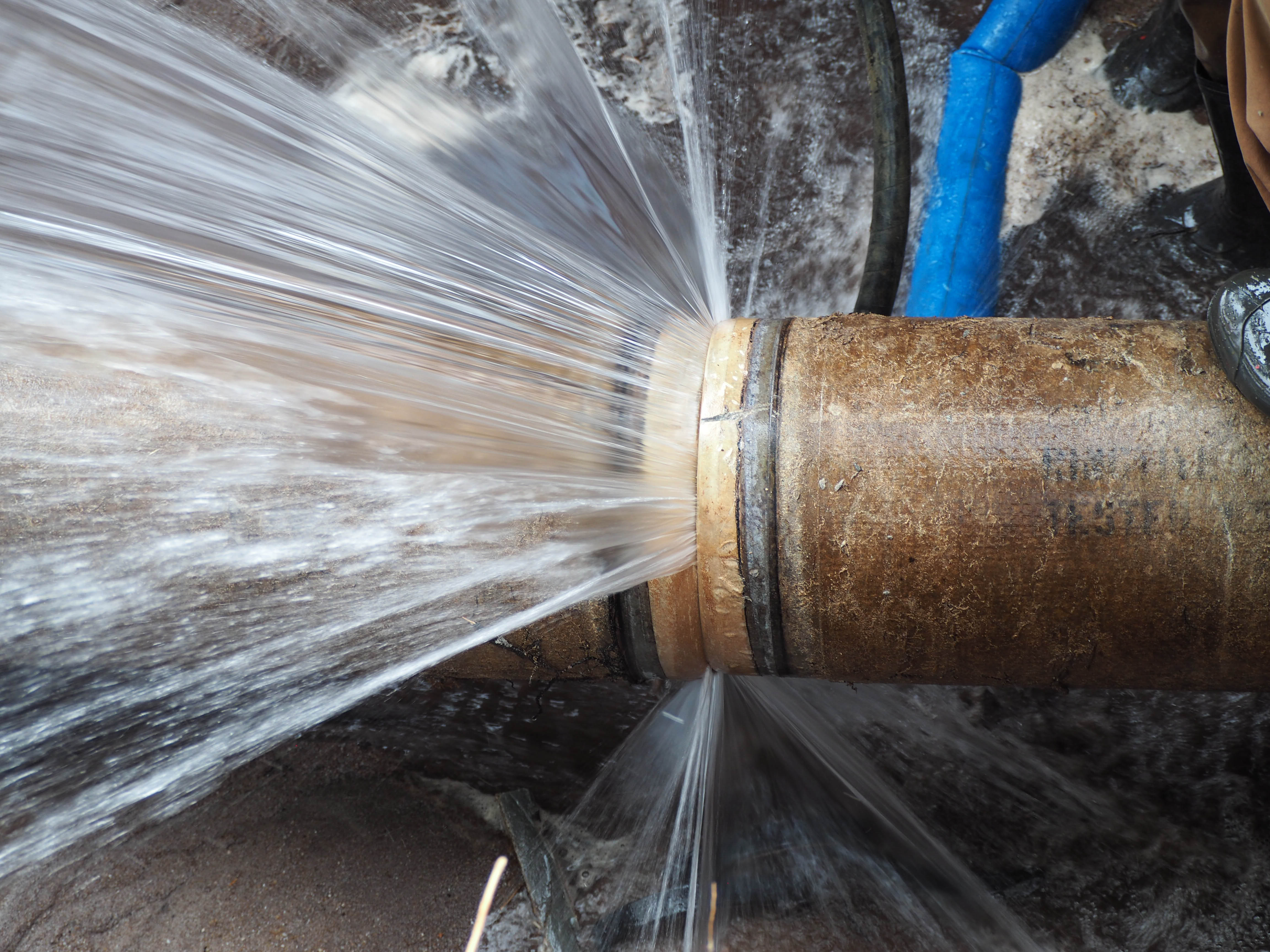Protecting Against Frozen Pipes in Winter: Critical Advice
CallHere on the next paragraphs you might get lots of high-quality information and facts around Prevent Frozen Pipes .
.jpg)
Winter can damage your plumbing, especially by freezing pipelines. Right here's exactly how to stop it from happening and what to do if it does.
Introduction
As temperature levels drop, the risk of frozen pipelines boosts, possibly leading to pricey repair services and water damage. Understanding how to stop icy pipes is essential for homeowners in chilly climates.
Recognizing Frozen Pipelines
What creates pipes to ice up?
Pipes ice up when exposed to temperature levels below 32 ° F (0 ° C) for expanded periods. As water inside the pipelines ices up, it expands, taxing the pipeline walls and possibly causing them to break.
Threats and problems
Icy pipes can result in water supply interruptions, home damages, and expensive repair work. Ruptured pipes can flood homes and cause extensive structural damage.
Signs of Frozen Pipeline
Determining frozen pipes early can avoid them from bursting.
Just how to recognize frozen pipes
Try to find lowered water flow from faucets, unusual odors or noises from pipes, and visible frost on subjected pipelines.
Avoidance Tips
Insulating susceptible pipes
Wrap pipelines in insulation sleeves or make use of warm tape to shield them from freezing temperature levels. Focus on pipes in unheated or exterior areas of the home.
Heating methods
Maintain interior spaces appropriately warmed, specifically areas with pipes. Open closet doors to allow cozy air to flow around pipes under sinks.
Securing Outdoor Plumbing
Garden tubes and outdoor faucets
Detach and drain pipes yard tubes before winter season. Set up frost-proof faucets or cover outside taps with shielded caps.
What to Do If Your Pipelines Freeze
Immediate activities to take
If you believe icy pipelines, maintain taps open up to relieve pressure as the ice thaws. Make use of a hairdryer or towels taken in warm water to thaw pipelines slowly.
Long-Term Solutions
Structural adjustments
Consider rerouting pipelines far from outside walls or unheated locations. Include additional insulation to attic rooms, basements, and crawl spaces.
Updating insulation
Buy high-grade insulation for pipelines, attic rooms, and walls. Appropriate insulation helps maintain regular temperature levels and decreases the threat of frozen pipelines.
Final thought
Preventing icy pipes calls for proactive actions and quick actions. By understanding the reasons, indicators, and preventive measures, house owners can protect their plumbing during winter.
5 Ways to Prevent Frozen Pipes
Drain Outdoor Faucets and Disconnect Hoses
First, close the shut-off valve that controls the flow of water in the pipe to your outdoor faucet. Then, head outside to disconnect and drain your hose and open the outdoor faucet to allow the water to completely drain out of the line. Turn off the faucet when done. Finally, head back to the shut-off valve and drain the remaining water inside the pipe into a bucket or container. Additionally, if you have a home irrigation system, you should consider hiring an expert to clear the system of water each year.
Insulate Pipes
One of the best and most cost-effective methods for preventing frozen water pipes is to wrap your pipes with insulation. This is especially important for areas in your home that aren’t exposed to heat, such as an attic. We suggest using foam sleeves, which can typically be found at your local hardware store.
Keep Heat Running at 65
Your pipes are located inside your walls, and the temperature there is much colder than the rest of the house. To prevent your pipes from freezing, The Insurance Information Institute suggests that you keep your home heated to at least 65 degrees, even when traveling. You may want to invest in smart devices that can keep an eye on the temperature in your home while you’re away.
Leave Water Dripping
Moving water — even a small trickle — can prevent ice from forming inside your pipes. When freezing temps are imminent, start a drip of water from all faucets that serve exposed pipes. Leaving a few faucets running will also help relieve pressure inside the pipes and help prevent a rupture if the water inside freezes.
Open Cupboard Doors
Warm your kitchen and bathroom pipes by opening cupboards and vanities. You should also leave your interior doors ajar to help warm air circulate evenly throughout your home.

I stumbled upon that blog post on How To Avoid Freezing Pipes when doing a search on the internet. For those who appreciated our blog entry plz consider to pass it around. Thank you for taking the time to read it.
Booking Page